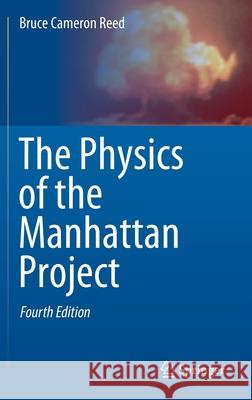The Physics of the Manhattan Project » książka
topmenu
The Physics of the Manhattan Project
ISBN-13: 9783030613723 / Angielski / Twarda / 2021 / 256 str.
The Physics of the Manhattan Project
ISBN-13: 9783030613723 / Angielski / Twarda / 2021 / 256 str.
cena 282,42
(netto: 268,97 VAT: 5%)
Najniższa cena z 30 dni: 269,85
(netto: 268,97 VAT: 5%)
Najniższa cena z 30 dni: 269,85
Termin realizacji zamówienia:
ok. 22 dni roboczych.
ok. 22 dni roboczych.
Darmowa dostawa!
Kategorie BISAC:
Wydawca:
Springer
Język:
Angielski
ISBN-13:
9783030613723
Rok wydania:
2021
Wydanie:
2021
Ilość stron:
256
Waga:
0.57 kg
Wymiary:
23.39 x 15.6 x 1.75
Oprawa:
Twarda
Wolumenów:
01
Dodatkowe informacje:
Wydanie ilustrowane











